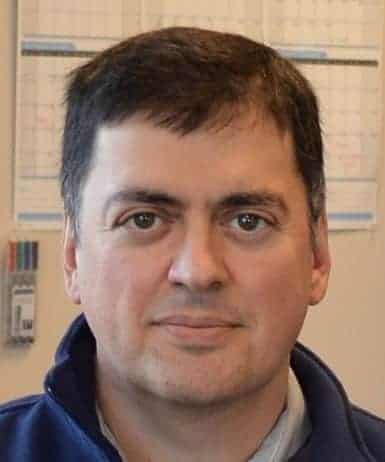Geothermal prospects in Nunavut are generally not well understood due to a lack of drilling data and, based on what little is currently known, the potential is generally low.

NNSL file photo
Those are two repeated findings in a $98,685, 32-page feasibility study prepared for Qulliq Energy Corporation (QEC) by RESPEC Consulting of Saskatoon, Tuya Terra Geo Corp. of Burnaby, B.C. and Qikiqtaaluk Business Development Corporation.
The report identifies a few areas of "potentially moderate development potential." Among them is Resolute Bay, which hosts a sedimentary basin "with high enough temperatures for power generation and direct heating at 3-km depth," the study states. However, certainty can only be established via further study of existing drilling logs, geophysical data and an exploration well, the report indicates.
The study's authors also recommended drilling wells to ascertain underground temperatures at various depths in Iqaluit and Baker Lake.
"Any geothermal development would need to occur at or near the isolated communities as there is no infrastructure to support energy transfer and resource temperatures will not support large scale power production," a passage from the report reads.
QEC is encouraged by the study's findings, said Bruno Pereira, the power corporation's president and CEO.
"It is important that QEC looks at renewable energy options that will not increase electricity rates for customers," Pereira stated, adding that QEC is seeking federal funding to move forward on further geothermal studies in Nunavut.
The cost of drilling wells in Nunavut is likely to be two to three times more than boring down in less challenging environments due to the territory's remote location, logistics and permafrost, according to the geothermal study. Typically, drilling wells can cost $400,000 to $4 million, depending on the type of well, the diameter and the depth.
Martha Lenio, Arctic renewable energy specialist with the World Wildlife Fund, said she would like to see QEC continue to advance solar and wind initiatives but still explore geothermal potential despite the costs.
"It was noted in the report that you could do further data (gathering) in conjunction with mining operations, so working energy resource data into future mining projects. It does make sense, and then you could start to build up your data over time," Lenio said. "It's still a good exercise to really understand what your resources are. This would be more like a more long-term energy planning project."
In areas of thick permafrost, described in the report as a "challenging heat sink," unique well bore designs can be employed, the study indicates. It adds that enhanced geothermal systems are being developed globally, but acknowledges that "economic and sustainability challenges remain."